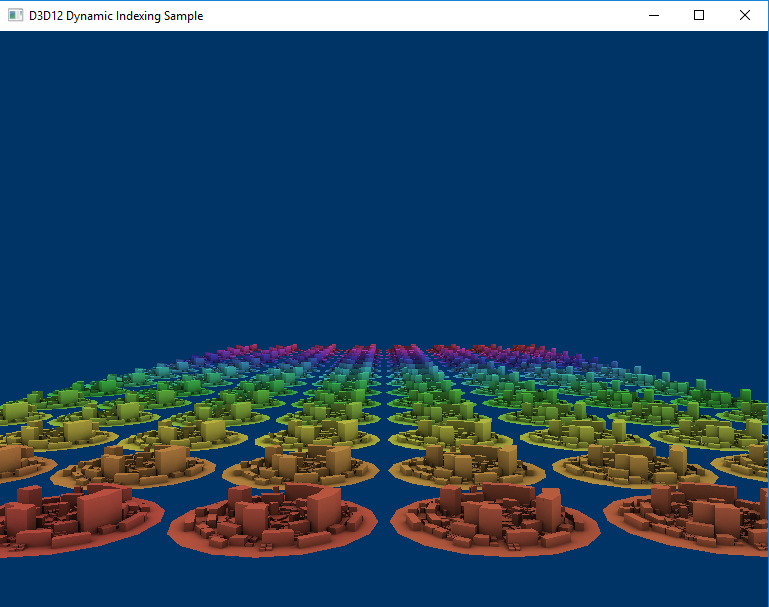


The largest portion of game code processing. It does the processing along with a large portion of processing the OpenGL runtime. They show that OpenGLs stacked all of the work of presenting to the user and processing the OpenGL driver onto core 1. It is a relatively realistic hypothetical scenario given to us by AMD. They can use previously untapped hardware resources. New graphics APIs are more efficient in that. There are other problems for instance one of your processor cores carries the burden of managing the vast majority of all the critical time-sensitive tasks. Many of them are redundant or outdated, so it’s just not as efficient. Many systems and devices are talking to each other at a time, passing instructions around. There are even more levels of abstraction. Well, hyper machines aside DirectX 11 and OpenGL, the predecessors to the shiny new graphics APIs are rather bureaucratic like the complicated menu analogy. So why do we suddenly care so much about DirectX 12 and Elkin as selling points for games and video cards? There, system “B” will act out those instructions and then send a response back to system “A” through the API.ĪPIs are not something the average user will ever interface with. The customer then sends that request through the waiter to the kitchen. In this analogy the API the waiter can serve the customer with a menu of subroutine definitions, protocols, and tools that the customer can use to achieve his task.

Having all these different customers trying to talk to the cook directly has the potential to be more confusing than helpful. There are security and liability issues here. System “B” doesn’t want to just let system “A” directly access all of its information. System “A” wants to access some functionality or information from system “B” which we’ll call the kitchen controls now You can think of the customer as a system. It handles requests similarly to a waiter at a restaurant taking orders.

What is an API or application programming interface? Microsoft DirectX comes inbuilt with the following Windows editions:ĭirectX End-User Runtime does not alter the DirectX version but it can install various optional technologies that are used in older games.ĭesktop Bridge applications that run the following components, must use 86 or Microsoft.DirectX.圆4 frameworks to deploy the legacy DirectX SD components.ĭevelopers have the option to remove all these dependencies. It does not change the DirectX Runtime that is installed on your Windows OS. Video Games which use DirectX also work with multimedia accelerators and their hardware built-in features.Īt the End-User Runtime, DirectX installs various runtime libraries using the legacy DirectX SDK for the games that use the following components:


 0 kommentar(er)
0 kommentar(er)
